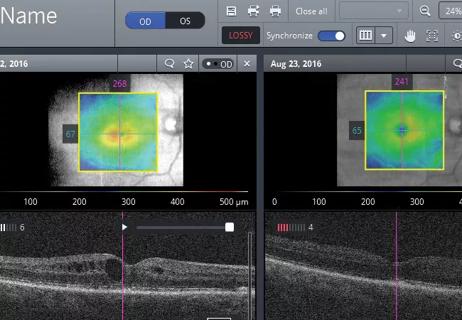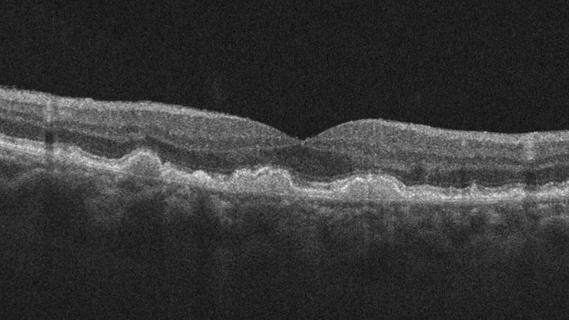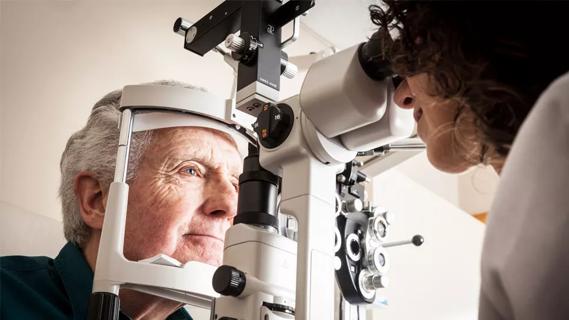New codes go into effect in October

You don’t need to forget everything you know about ICD-9 coding, but ICD-10 will bring a pretty significant change to ophthalmology coding in 2015.
Cleveland Clinic is a non-profit academic medical center. Advertising on our site helps support our mission. We do not endorse non-Cleveland Clinic products or services. Policy

According to the Centers for Medicare and Medicaid Services (CMS), the transition to ICD-10 is taking place because ICD-9 produces limited data about patients’ medical conditions and hospital inpatient procedures. With ICD-9, a single code is used for a single diagnosis. With ICD-10, there are multiple codes for each diagnosis; the codes are based on the severity of the disease and the associated reasons for the diagnosis.
“This is a big change,” says Rishi Singh, MD, ophthalmologist and Medical Director of Clinical Systems at Cleveland Clinic. “Instead of just one code for macular degeneration, there are now multiple codes for macular degeneration. When you apply that same principle to a multitude of diagnoses, what was once about 10,000 codes has now become about 100,000 codes.” The new ICD-10 codes, which were originally scheduled to be enacted in 2014, will now go into effect on Oct. 1, 2015.
Dr. Singh says one thing you can do to prepare for ICD-10 is to choose an EHR system with ICD-10 compatibilities.
“We provided our EHR vendor with a list of both the ICD-9 codes and the ICD-10 codes so they could be compared in the system,” he says. “They looked at where the codes had been expanded and made changes accordingly.”
A diagnosis calculator is another tool that can help you to prepare for ICD-10. “The calculator will take you through the process of choosing the right code,” says Dr. Singh. “For example, if you choose a diagnosis of diabetes, it will then give you the opportunity to choose options related to the severity of the disease and the reasons for diagnosis. Based on your responses, it will generate the correct code.” Your EHR vendor can help you to develop a calculator.
Insurance providers can also be a good resource for ICD-10 assistance.
“Sit down with your carriers and look at the services you’re providing,” Dr. Singh says. “Get a list of approved diagnoses based on those services and use the list to create a grid or a ‘cheat sheet’ to help you make sure you’re choosing the right code.”
To further help you prepare for the change, the American Academy of Ophthalmic Executives and the American Academy of Ophthalmology have developed a Conquering ICD-10-CM checklist. The checklist includes steps for transition planning, vendor readiness, paper charts or EHR readiness, process and document readiness, physician and staff training and conversion.
CMS has also developed some instructional videos and other resources to help you make a smooth transition.

Tracks visual acuity results to diagnosis codes

Electronic medical records aid communication, treatment

Early data shows risk is 73% higher in patients with lupus, 40% higher in patients with rheumatoid arthritis

Identifies weak spots in the cornea before shape change occurs

Study highlights the value of quantitative ultra-widefield angiography

Switching medications may decrease treatment burden and macular fluid

Interventions abound for active and stable phases of TED

Corneal imaging and interpretation play a major role